

Consequential Yet Controversial: All About Italian Futurism
Summary
Reflection Questions
Journal Prompt
Italian Futurism, a radical artistic and social movement that emerged in early twentieth-century Italy, marked a significant departure from traditional aesthetics and cultural norms. Originating with Filippo Tommaso Marinetti’s 1909 “Futurist Manifesto,” the movement championed themes of speed, technology, and industrialization, reflecting the era’s burgeoning fascination with progress and modernity. Futurism’s influence extended beyond mere artistic expression, permeating the cultural fabric of Italy and influencing various international art forms. However, Futurism was inexorably tied to Fascism. Many Futurist painters openly supported dictators of their time. We cannot ignore the glorification of war and oppressive ideologies held by some artists within the movement. Of course, while many Futurists initially supported WWI, several died in the war, tempering the movement’s enthusiasm. In this article, we explore the complexity of Italian Futurism, delving into its historical context, key themes, and enduring impact on the cultural and artistic landscape of Italy and the wider world.
Origins and Philosophical Underpinnings
The Founding of Futurism
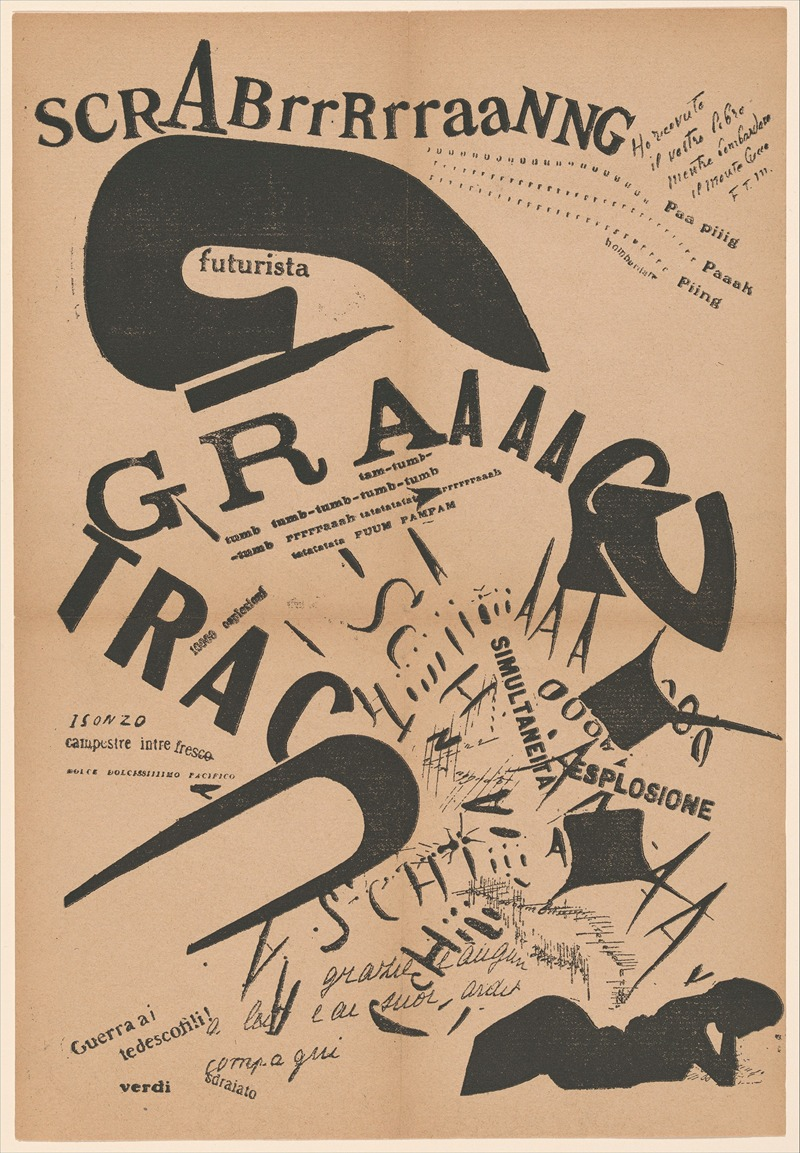

An entirely avant-garde movement just on the cusp of modern art, Italian Futurism was catalyzed by the publication of the “Futurist Manifesto” or “Manifesto of Futurism” in 1909, authored by Italian poet and artist Filippo Tommaso Marinetti. This manifesto, which heralded the birth of Futurism, was not merely an artistic declaration but a bold call to cultural revolution.
It appeared in the French Newspaper Le Figaro, signaling the movement’s international aspirations. Marinetti’s manifesto was a deliberate provocation, an attempt to awaken Italy from what he perceived as a slumber of cultural stagnation and to propel it into the vanguard of the modern world.
Key Philosophical Tenets
Central to Futurism was the glorification of modernity, which Futurist painters adopted with fervor. Futurist painters and philosophers idolized the new age of the machine, celebrating speed, movement, and industrial prowess. They envisioned a world that mirrored the rapid technological advancements of the time, with automobiles, airplanes, and industrial cities as its icons.
Youth and dynamism were venerated, seen as the driving forces of societal progress and artistic innovation. This marked a sharp departure from the prevailing valorization of historical wisdom and aged experience. The Futurists sought to dismantle the old order to make way for the new, advocating for a society that embraced change and rejected the comfort of familiarity.
Contrast with Previous Artistic Movements
In stark contrast to preceding movements, such as Romanticism and Symbolism, which often looked to the past for inspiration and valorized nature, Futurism was forward-looking and urban-centric. Its advocates saw the past as a weight, holding back the potential of the present and future. Traditional forms of art, literature, and music were deemed obsolete, relics of a bygone era that had no place in the modern world.
This rebellious stance was not just a rejection of specific artistic styles or themes; it was an outright challenge to the very foundation of cultural and aesthetic norms. Futurism’s radicalism lay in its willingness to discard the entire canon of historical art to redefine what art could and should be in the age of modernity.


are you a fine artist or photographer?
Characteristics of Futurist Art
Artistic Techniques and Styles
Futurist art is distinguished by its innovative use of dynamic movement, fragmentation, and bold colors. These elements were employed to convey the sensations and rhythms of the modern age. Artists often depicted subjects in motion, using blurred lines and overlapping surfaces to simulate the experience of speed and fluidity. This approach was a deliberate departure from the static, clear forms of traditional art, reflecting the Futurists’ fascination with the dynamism of contemporary life.
Fragmentation was another key technique in Futurist art, used to disrupt the conventional perception of space and form. This approach allowed artists to depict multiple viewpoints simultaneously, creating a sense of disorientation and kinetic energy. The use of bold, often clashing colors further contributed to the vibrancy and intensity of Futurist works, mirroring the visual cacophony of the industrial and urban environments that inspired them.
Role of Technology and Industrial Imagery


Technology and industrial imagery were central motifs in Futurist art, reflecting the movement’s celebration of modernity and mechanization. Futurist paintings often depicted machines, factories, cars, and airplanes, glorifying the technological advancements of their era.
These elements were not merely subjects but were integrated into the very fabric of the artwork, symbolizing the fusion of man and machine. The industrial aesthetic of Futurism was not just an artistic choice but a statement about the changing landscape of society and the potential of technology to reshape human experience.
Incorporation of Political and Social Themes
Futurist art was not confined to aesthetic experimentation; it also engaged with political and social themes. The movement’s early association with radical politics, particularly its ties to Fascism, was reflected in the martial imagery and glorification of violence in some Futurist works. Artists often incorporated themes of war, power, and nationalism, reflecting the tumultuous socio-political context of early 20th-century Italy.
However, the movement’s political associations were complex and varied among its practitioners. While some artists embraced the nationalist rhetoric of the time, others focused on the transformative potential of technology and modernity in a more abstract sense. Regardless of the individual artist’s stance, the incorporation of political and social themes in Futurist art was a testament to the movement’s engagement with the broader cultural and historical currents of its time.
Major Contributors and Their Works
Profiles of Significant Futurist Artists
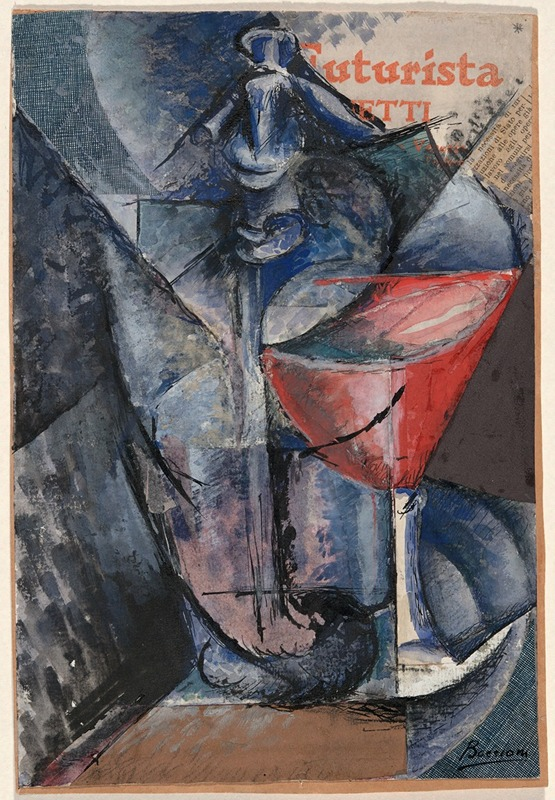

Umberto Boccioni, a pivotal figure in the Futurist movement, was instrumental in translating the theoretical underpinnings of Futurism into visual art. His works, characterized by a focus on motion and dynamism, sought to capture the essence of modern life. Boccioni’s contributions extended beyond painting, as he was also a notable sculptor, bringing Futurist ideals to three-dimensional forms.
Carlo Carrà, another major contributor, initially aligned with the Cubist movement but soon became a leading Futurist. His work embraced the movement’s fascination with speed and modernity, often incorporating elements of the urban environment and technological advancement.
Gino Severini, diverging slightly from his contemporaries, combined the vibrancy of Futurist ideology with the rhythmic qualities of dance, bringing a unique perspective to the movement. His work often depicted the dynamic nature of the human form in motion, embodying the Futurist fascination with energy and movement.
Benedetta Cappa Marinetti
Benedetta Cappa Marinetti, wife of Futurist founder F.T. Marinetti, was a significant figure within the movement despite the era’s limitations for female artists. A painter, writer, and designer, she embraced Futurism’s dynamism, particularly in her depictions of flight and aerial perspectives. Cappa Marinetti also challenged traditional gender roles within the movement, asserting a strong creative voice in a male-dominated space. Her work and involvement illustrate the presence of women within Futurism, even as they faced greater barriers to recognition than their male counterparts.
Fuel your creative fire & be a part of a supportive community that values how you love to live.
subscribe to our newsletter
Analysis of Key Artworks
The works listed below collectively illustrate the core principles of Futurism: a celebration of modern life, speed, technology, and a departure from traditional forms and subjects. They represent a radical shift in artistic expression, aligning with the broader cultural and technological transformations of the early 20th century.
“Unique Forms of Continuity in Space” (1913) by Umberto Boccioni
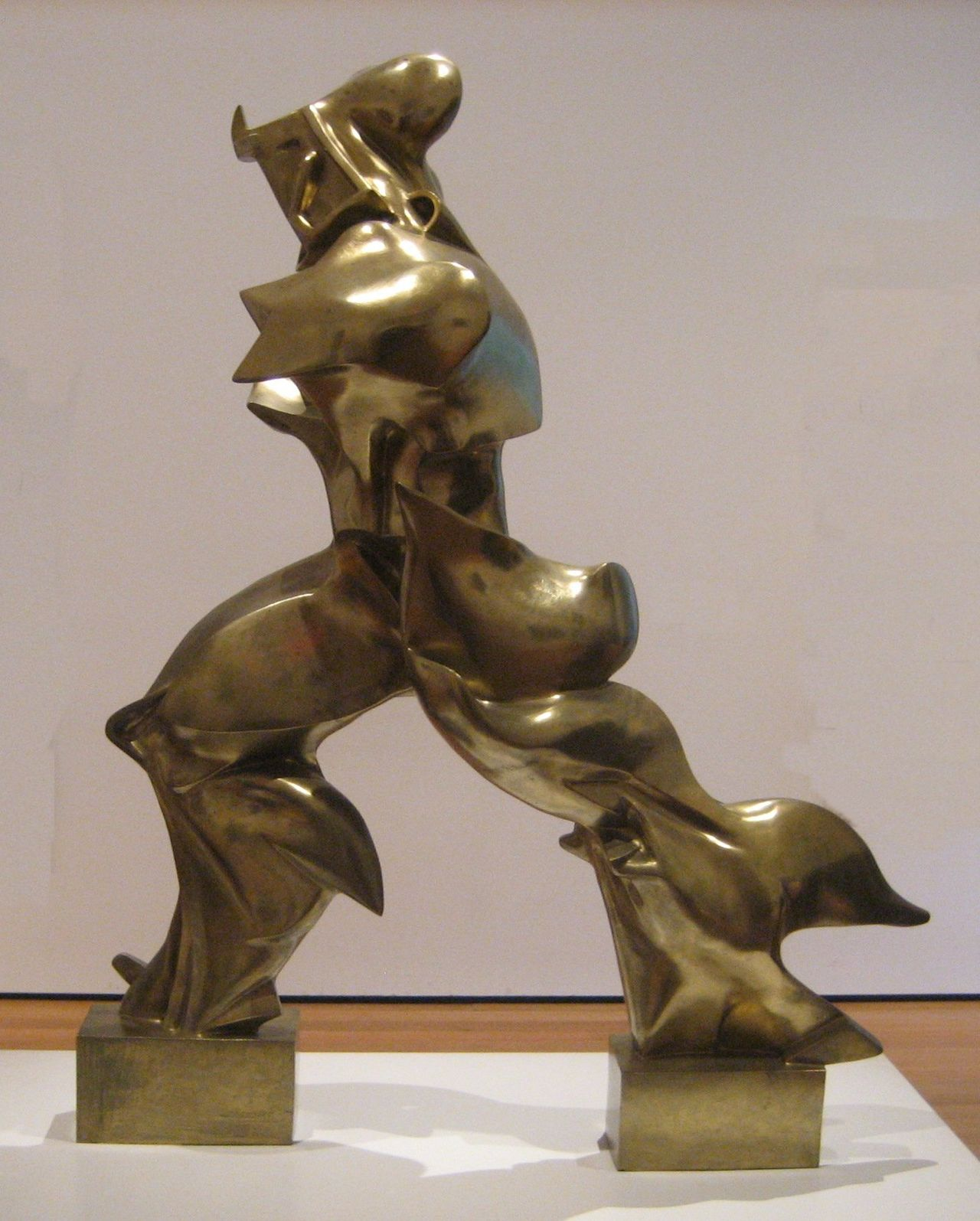

This iconic sculpture, rather than a painting, embodies the essence of Futurism in the early twentieth century. Boccioni abstracts the human form, creating a dynamic figure that seems to stride into the future. The work’s flowing lines and elongated shapes capture the movement and fluidity central to Futurism.
It represents a radical departure from classical sculpture, emphasizing not static beauty but dynamic motion, reflecting the industrial and fast-paced world of the early 20th century.
“Dynamism of a Dog on a Leash” (1912) by Giacomo Balla
Balla’s painting is a quintessential example of Futurism’s fascination with movement. It depicts a dachshund and its owner’s feet in motion, using repetitive lines to create a sense of speed and dynamism. This futurist painting captures the instantaneousness of motion, a key aspect of Futurism’s attempt to depict the dynamic quality of modern life.
“The City Rises” (1910) by Umberto Boccioni
Often considered one of the first major Futurist works, this painting portrays the construction of a modern city. It is characterized by a chaotic composition, vibrant colors, and dynamic forms. Boccioni integrates elements of the urban environment, like horses, workers, and buildings, into a whirlwind of activity, symbolizing the tumultuous and transformative power of urbanization.
“Armored Train in Action” (1915) by Gino Severini
This work reflects Futurism’s preoccupation with war and technology. Severini depicts a military train, a symbol of modern warfare’s mechanized nature. The painting combines sharp geometric forms and a fragmented composition to convey the violence and intensity of war, aligning with the Futurist celebration of industrialization and power.
“Abstract Speed – The Car Has Passed” (1913) by Giacomo Balla
Here, Balla explores the concept of speed, a central theme in Futurism. The painting abstractly represents a car’s rapid movement, using lines and color to convey velocity and the passing of time. This work epitomizes the Futurist fascination with cars and the modern experience of speed, portraying it not as a mere physical phenomenon but as an exhilarating, transformative force.
“Interventionist Demonstration” (1914) by Carlo Carrà
This painting captures the political aspect of Futurism. It portrays a group of Futurists during a political demonstration, reflecting the movement’s involvement in contemporary socio-political events. Carrà uses fragmented forms and a collage-like composition to convey the chaos and energy of the demonstration, embodying the Futurist interest in the intersection of art, life, and politics.
Beyond Futurism in Italy: Futurism’s Expansion and Influence
The influence of Italian Futurism extended far beyond its national borders, leaving a significant imprint on various European art movements. Russian Futurism, for instance, was heavily inspired by its Italian counterpart, adopting its celebration of speed and modernity while infusing it with a distinctively Russian character. Artists like Kazimir Malevich and Vladimir Mayakovsky were influenced by Futurist ideas, which they merged with native cultural elements to create a unique artistic language.
In Britain, Vorticism emerged as a movement that shared many of Futurism’s core principles. Spearheaded by artists like Wyndham Lewis and Ezra Pound, Vorticism embraced the modern industrial world and sought to depict the energy of contemporary life through abstract forms. Although it maintained its distinct identity, the influence of Italian Futurism on Vorticism was unmistakable, particularly in its emphasis on dynamism and the machine aesthetic.
Impact on Other Artistic Disciplines
Futurism’s impact was not confined to visual arts; it permeated other artistic disciplines, including fashion, architecture, and graphic design. In fashion, Futurism inspired a shift towards unconventional materials and designs that mirrored the movement’s aesthetic principles. Futurist architecture, as championed by architects like Antonio Sant’Elia, envisioned urban landscapes filled with towering skyscrapers and futuristic structures, emphasizing the role of technology and function in design.
In the realm of graphic design, Futurism influenced the use of bold typography and asymmetric layouts, breaking free from the traditional constraints of design. The movement’s preference for vibrant colors and dynamic compositions became a hallmark in the design world, shaping the visual language of the early 20th century.
Connections with Other Avant-Garde Movements
Futurism shared ideological and aesthetic connections with other avant-garde movements like Cubism and Dadaism. While Cubism broke down forms into geometric shapes, Futurism added the elements of movement and speed, creating a dynamic interplay between the two movements.
Dadaism, with its disdain for conventional aesthetics and its embrace of absurdity, found common ground with Futurism in its challenge to traditional art forms. Although each movement maintained its distinct characteristics, their overlapping principles and mutual influence underscored a broader cultural shift towards experimentation and a redefinition of art in the modern age.
Futurism and Politics
The Relationship Between Futurism and Fascism
Coinciding artistic and political agendas made Futurism a complex movement. The relationship between Futurism and Fascism is one of the most complex and controversial aspects of the movement.
While Futurism as an artistic movement was primarily concerned with aesthetic innovation and the celebration of modernity, it shared certain ideological overlaps with Fascism, especially in its early stages. Both Futurism and Fascism exalted notions of national rejuvenation, the glorification of war as a cleansing force, and a disdain for democratic and socialist ideologies.
However, there were also significant divergences. Futurism’s intrinsic love for innovation and disdain for tradition sometimes clashed with Fascism’s conservative cultural policies. While some Futurists found a philosophical ally in Mussolini’s regime, others were disillusioned by the regime’s increasing inclination towards traditionalism and its repressive nature.
The latter were concerned over previously politicized art movements. Still, Futurism remains one of the most politicized art movements in history.
The Role of Futurist Artists During World War I and Their Support for Mussolini
During World War I, many Futurist artists, driven by their movement’s militaristic and nationalist rhetoric, enthusiastically participated in the war, viewing it as a catalyst for the technological and cultural transformation they desired.
This period saw an intensification of the movement’s nationalistic fervor, with many Futurists, including Marinetti, openly supporting Mussolini and Italian Fascism. They believed that Mussolini’s regime would usher in the modernization and industrialization that were central to Futurist thought.
Criticism and Controversies: Examining the Darker Aspects of Futurism’s Ideology
While they produced historically significant art, the alignment of some Futurist artists with Fascism has been a subject of considerable criticism and controversy. The movement’s glorification of war and violence, its sometimes aggressive nationalism, and its occasional espousal of misogynistic views have drawn scrutiny from modern critics. Futurist painters visited and often aligned themselves with horrifying political leaders who oppressed their countrymen and women.
These aspects of Futurism’s ideology, especially its association with Fascist politics, have led to a nuanced and often critical reassessment of the movement. While Futurism’s contributions to art and culture are undeniable, its entanglement with the darker currents of early 20th-century politics complicates its legacy. This duality is a reminder of the often complex interplay between art, ideology, and politics.
Decline and Legacy
The Decline of the Movement
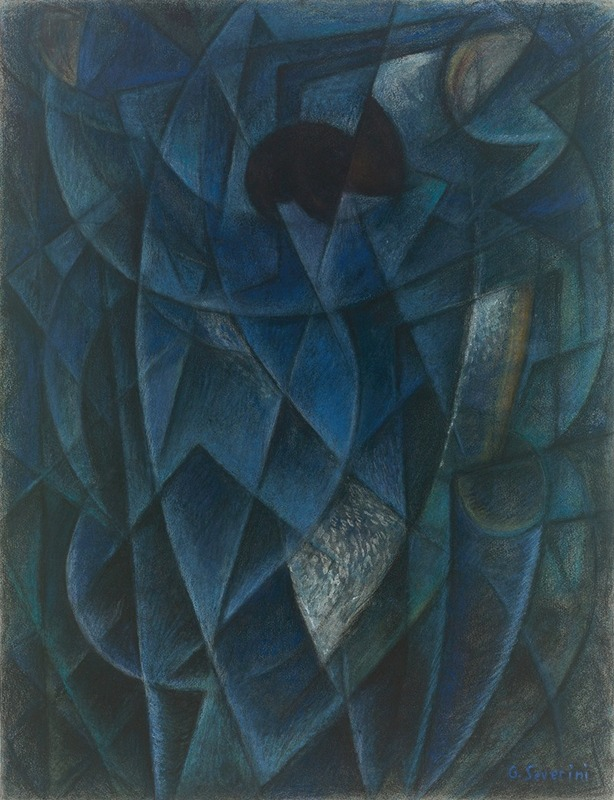

The decline of Futurism can be attributed to a confluence of factors, occurring primarily in the late 1930s and early 1940s. The movement, which thrived on the ethos of modernity and change, struggled to evolve and adapt beyond its foundational principles. As the political landscape of Europe shifted dramatically with the advent of World War II, the once-celebrated militaristic and nationalist themes of Futurism became increasingly problematic.
Furthermore, the death of key figures like Umberto Boccioni in World War I and the waning influence of others like Marinetti contributed to the movement’s diminishing prominence. Additionally, the rise of other avant-garde movements, which offered new perspectives and critiques of modernity, rendered Futurism’s once-radical ideas less revolutionary.
Futurism’s Lasting Impact on Modern Art and Culture
Despite its decline, the impact of Futurism on modern art and culture remains profound. Futurism’s emphasis on dynamism, technology, and a forward-looking perspective fundamentally altered the trajectory of art in the 20th century. Its experimental approach to form, color, and composition influenced later movements such as Art Deco, Surrealism, and even certain aspects of Modernist architecture.
The Futurist fascination with speed and the machine aesthetic presaged much of the later art that grappled with the realities of a technologically advanced world. Additionally, the movement’s initial attempts to integrate art with other aspects of life, such as fashion and advertising, foreshadowed the blurring of the boundaries between art and commercial design in contemporary culture.
Contemporary Perceptions and Reinterpretations of Futurist Art
In contemporary times, Futurism is often revisited and reinterpreted, reflecting the changing perceptions of its ideological and aesthetic contributions. While some aspects of Futurist ideology, particularly its association with Fascism, are critically reevaluated, its artistic innovations continue to be celebrated.
Modern artists and scholars often draw upon the movement’s pioneering techniques and styles, reimagining them in a contemporary context. The digital age, with its emphasis on speed, innovation, and the fusion of technology and human experience, has provided new relevance to Futurist aesthetics. As such, Futurism is viewed not just as a historical movement but as a continuing source of inspiration and a lens through which to examine the complexities of the modern world.
Final Thoughts About Futurism
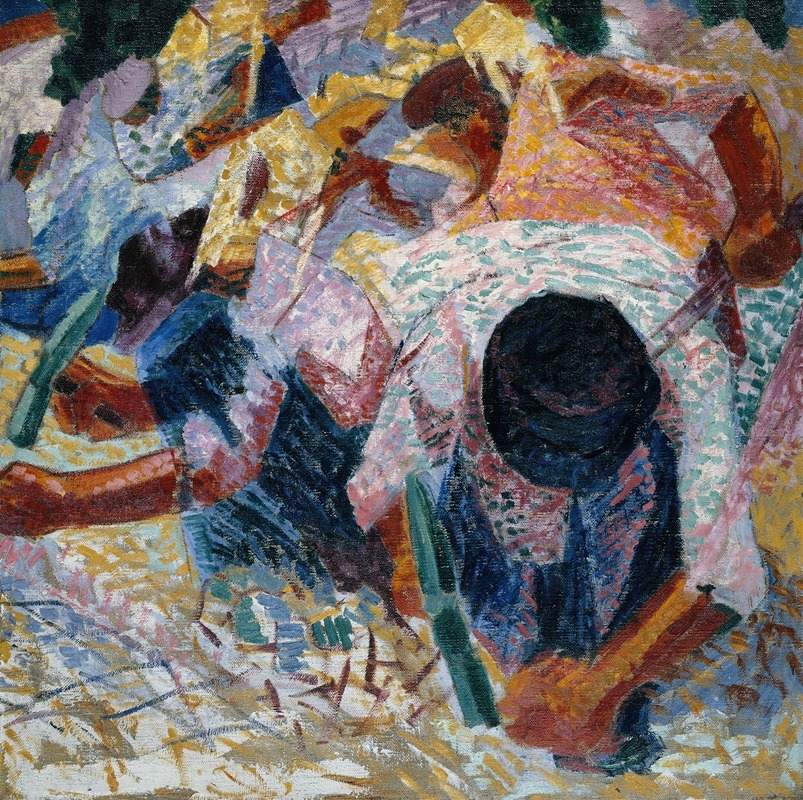

Though its association with Fascism and the controversial aspects of its ideology have prompted critical reassessment, the artistic legacy of Futurism remains significant. Its radical approach to form, motion, and the integration of art with everyday life challenged and expanded the boundaries of artistic expression.
In reflecting on the complex legacy of Futurism, one recognizes its dual role as both a product of its turbulent times and a catalyst for lasting change in the artistic landscape. Ultimately, Italian Futurism’s enduring significance lies in its fearless exploration of the new and its relentless questioning of the status quo, principles that continue to resonate in the ever-evolving narrative of modern art.
Design Dash
Join us in designing a life you love.
-
All About Our 7-Day Focus & Flex Challenge
Sign up before August 14th to join us for the Focus & Flex Challenge!
-
Unique Baby Names Inspired by Incredible Women from History
Inspired by historic queens, warriors, artists, and scientists, one of these unusual baby names might be right for your daughter!
-
Finding a New 9 to 5: How to Put Freelance Work on a Resume
From listing relevant skills to explaining your employment gap, here’s how to put freelance jobs on your resume.
-
What is Generation-Skipping, and How Might it Affect Sandwich Generation Parents?
The emotional pain and financial strain of generation skipping can be devastating for Sandwich Generation parents.
-
Four Material Libraries Dedicated to Sustainability, Preservation, and Education
From sustainable building materials (MaterialDriven) to rare pigments (Harvard), each materials library serves a specific purpose.
-
Do You Actually Need a Beauty Fridge for Your Skincare Products? (Yes and No.)
Let’s take a look at what dermatologists and formulators have to say about whether your makeup and skincare belong in a beauty fridge.








